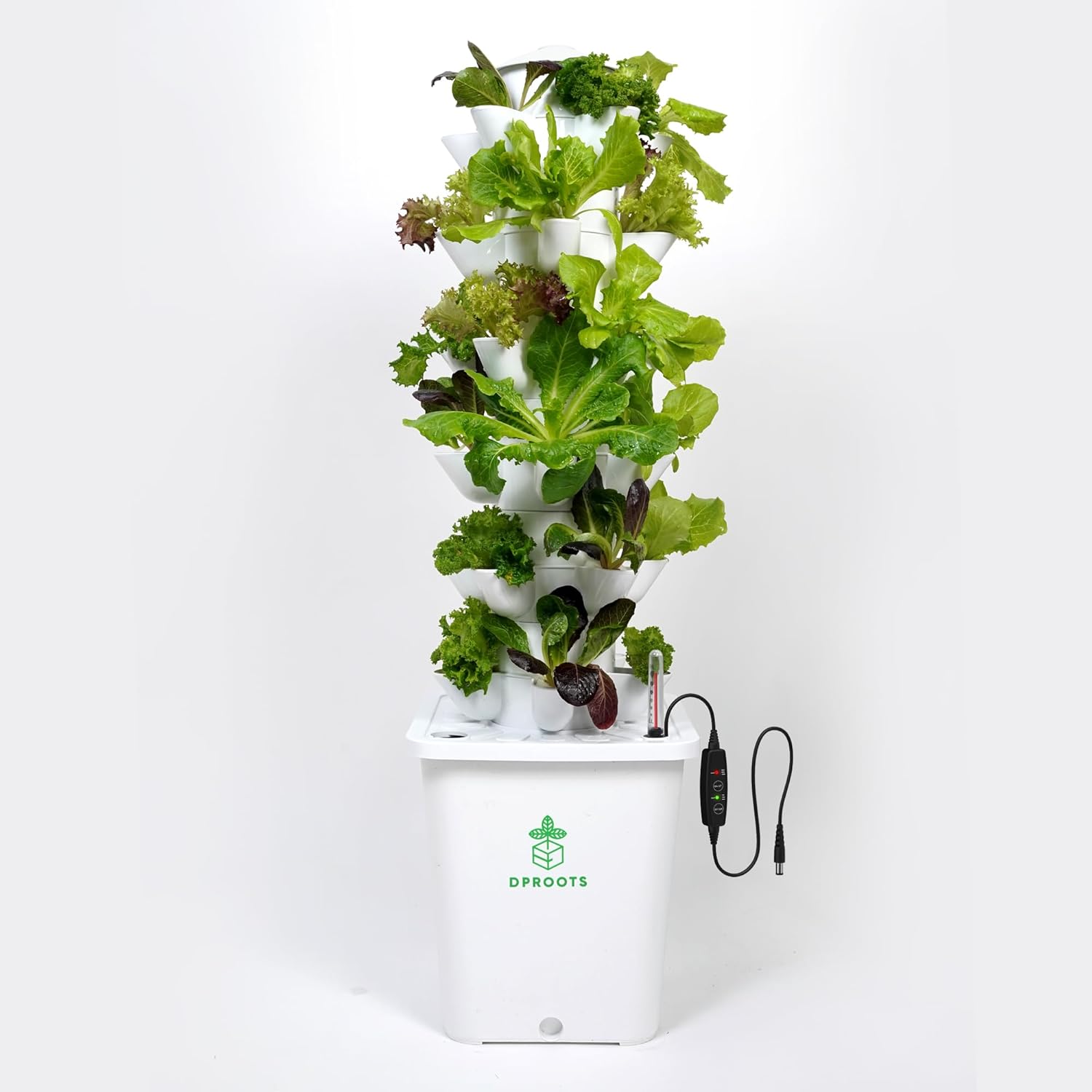Imagine a world where fresh, locally grown produce is available year-round, regardless of climate or season. A world where crops thrive in towering urban structures, using a fraction of the land and water required by traditional farming methods. This isn’t science fiction—it’s the reality of vertical farming, a revolutionary approach to agriculture that’s changing the way we think about food production.
As our global population continues to grow and operable land becomes increasingly scarce, vertical farming offers a promising solution to feed the world sustainably. By stacking crops in layers and utilizing advanced hydroponic, aquaponic, or aeroponic systems, vertical farms can produce comparable yields to conventional farms while occupying significantly less space. But the benefits don’t stop there—these innovative growing methods are also more resilient to adverse weather conditions and can thrive in urban environments, bringing fresh produce closer to consumers than ever before.
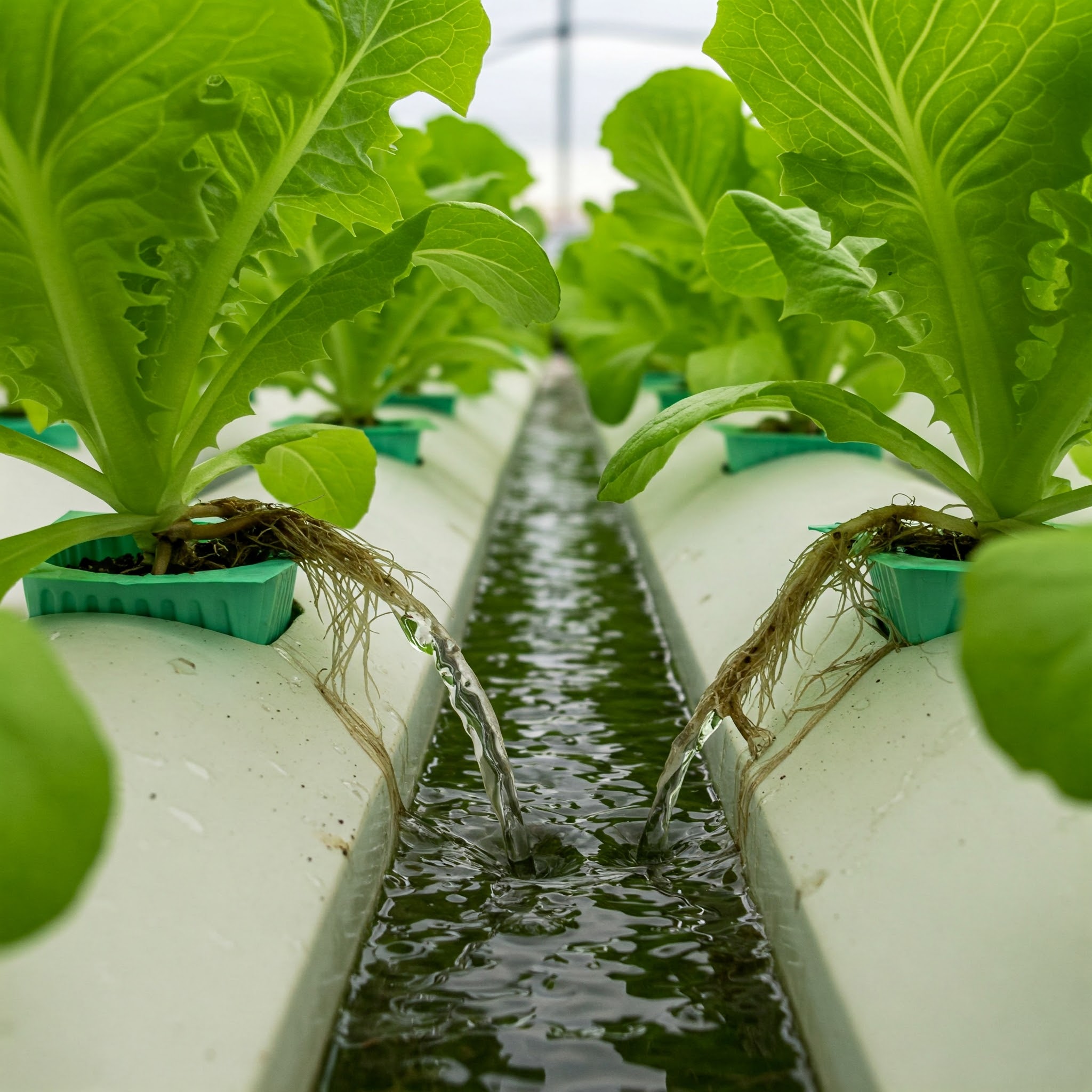
In this blog post, we’ll dive deep into the world of vertical farming, exploring its potential to transform agriculture as we know it. From understanding the basics to implementing your own vertical farm, we’ll cover everything you need to know about this cutting-edge technique. Ready to discover how you can grow more food on less land? Let’s explore the future of farming together.
Definition and concept
Vertical farming is an innovative agricultural practice that involves growing crops in vertically stacked layers, often in urban settings. This method utilizes advanced technologies like hydroponics, automated grow systems, and smart environmental controls to optimize crop growth. By leveraging controlled environments, vertical farming enables year-round production of high-quality crops while minimizing land use and water consumption.
Comparison with traditional farming
| Aspect | Vertical Farming | Traditional Farming |
|---|---|---|
| Land Use | Minimal, urban-friendly | Extensive |
| Weather Dependency | Resilient, controlled environment | Vulnerable to adverse conditions |
| Production Cycle | Year-round | Seasonal |
| Water Usage | Up to 70% less | Higher consumption |
| Energy Consumption | Generally higher | Lower |
Key components
Vertical farming incorporates three main growing methods:
- Hydroponics: Plants grow in nutrient-rich water without soil
- Aquaponics: Combines fish farming with hydroponics
- Aeroponics: Plants grow suspended in air, misted with nutrient solution
With this understanding of vertical farming, let’s explore how to get started with this innovative agricultural method in the next section.
Getting Started with Vertical Farming Review
Now that we’ve understood vertical farming, let’s explore how to get started.
Exploring various models
Vertical farming models include hydroponics, aeroponics, and aquaponics. Each system offers unique benefits:
| Model | Key Feature | Best For |
|---|---|---|
| Hydroponics | Soilless, water-based | Leafy greens |
| Aeroponics | Mist-based nutrient delivery | Fast-growing crops |
| Aquaponics | Combines fish and plant cultivation | Diverse ecosystems |
Home experimentation options
- Window gardens using recycled materials
- Micro-green setups for small spaces
- Hydroponic PVC pipe structures
⭐ Vertical Farming Powerhouse – Grows 30 plants in 1 sq. ft., maximizing space for high-yield home or commercial harvests
⭐ Smart Water Efficiency – 59” pump + 12-hour reservoir backup ensures hydration; 10L bucket with gauge lasts 3–4 weeks for low-maintenance care
⭐ Modular Flexibility – Assembles in 5 minutes, detachable layers for cleaning, and suits homes, offices, hotels, or urban gardening projects
Vertical planters and hydroponic systems
Vertical planters and hydroponic systems can range from simple $50 setups to advanced $1,000+ automated systems. These solutions optimize space and resource use, potentially increasing yields by 70% while reducing water consumption by up to 95%.
Benefits of Vertical Farming
Now that we’ve explored how to get started with vertical farming, let’s delve into its numerous benefits. Vertical farming offers significant advantages over traditional agriculture:
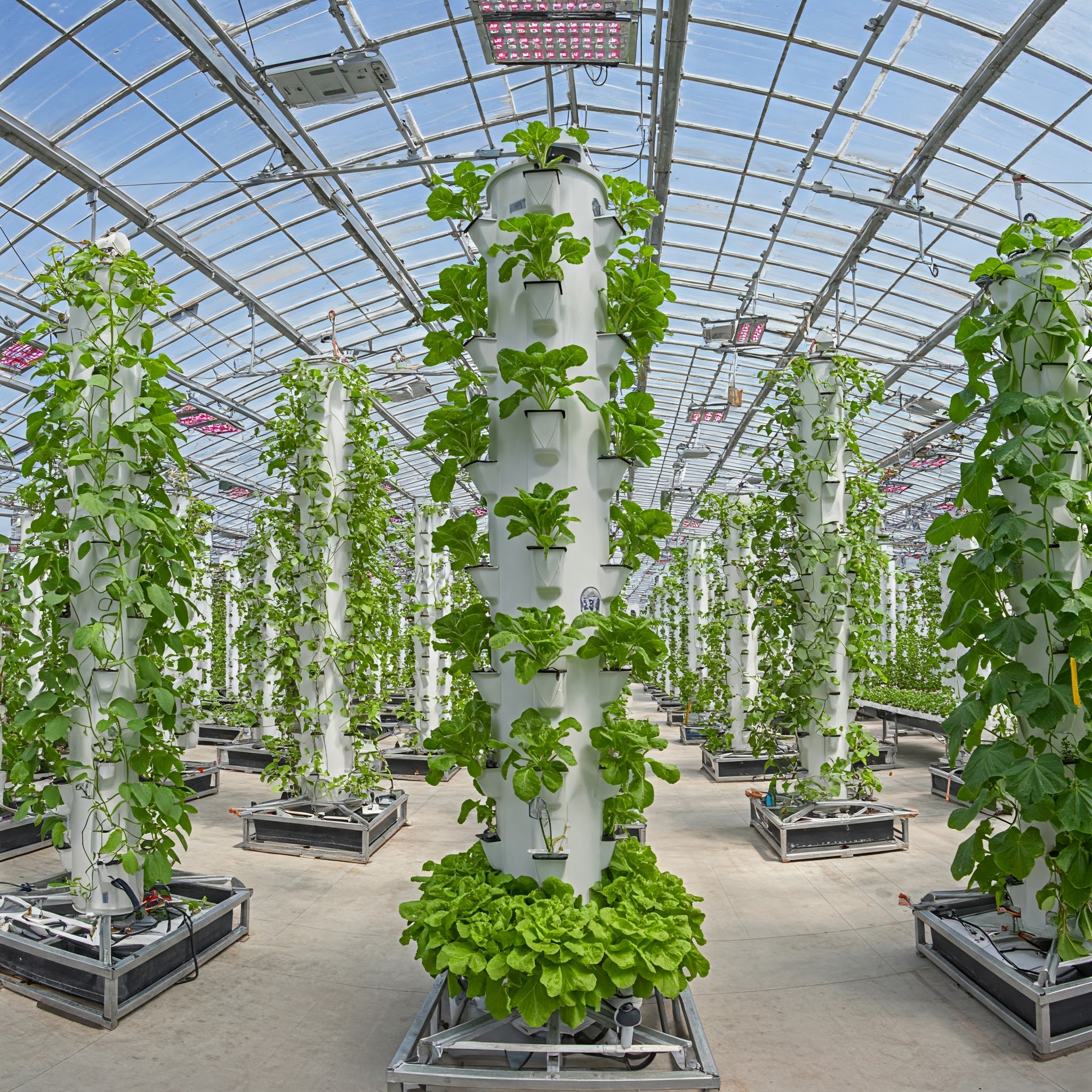
A. Increased crop yield in smaller spaces
Vertical farming maximizes space utilization, producing yields equivalent to 10-20 acres of traditional farming on just one acre. This efficiency is achieved through:
- Stacked layers of crops
- Year-round cultivation
- Controlled environments
⭐ Complete Hydroponic Kit – Includes 72 rock wool cubes, 25 net pots, and 25 self-watering wicks for versatile indoor/outdoor growing, ideal for all
⭐ Premium Rock Wool Substrate – Inorganic fibers ensure superior air/water flow, stable pH, and nutrient distribution, minimizing loss vs. traditional soil
⭐ Effortless Soilless Setup – Adjust pH/EC, soak cubes, and control light/humidity for optimal growth—no soil required, pure hydroponic efficiency
B. Urban agriculture possibilities
| Benefit | Description |
|---|---|
| Proximity to consumers | Reduces transportation costs and carbon footprint |
| Fresh produce | Enhances food quality and taste |
| Local food security | Ensures consistent supply in urban areas |
C. Weather-resistant food production
Vertical farms provide reliable, year-round crop production by:
- Insulating crops from adverse weather conditions
- Maintaining consistent quality and yield
- Meeting delivery schedules without seasonal risks
With these benefits in mind, next, we’ll explore the implementation of vertical farming techniques.
Implementation of Vertical Farming
Now that we’ve explored the benefits of vertical farming, let’s delve into its implementation.
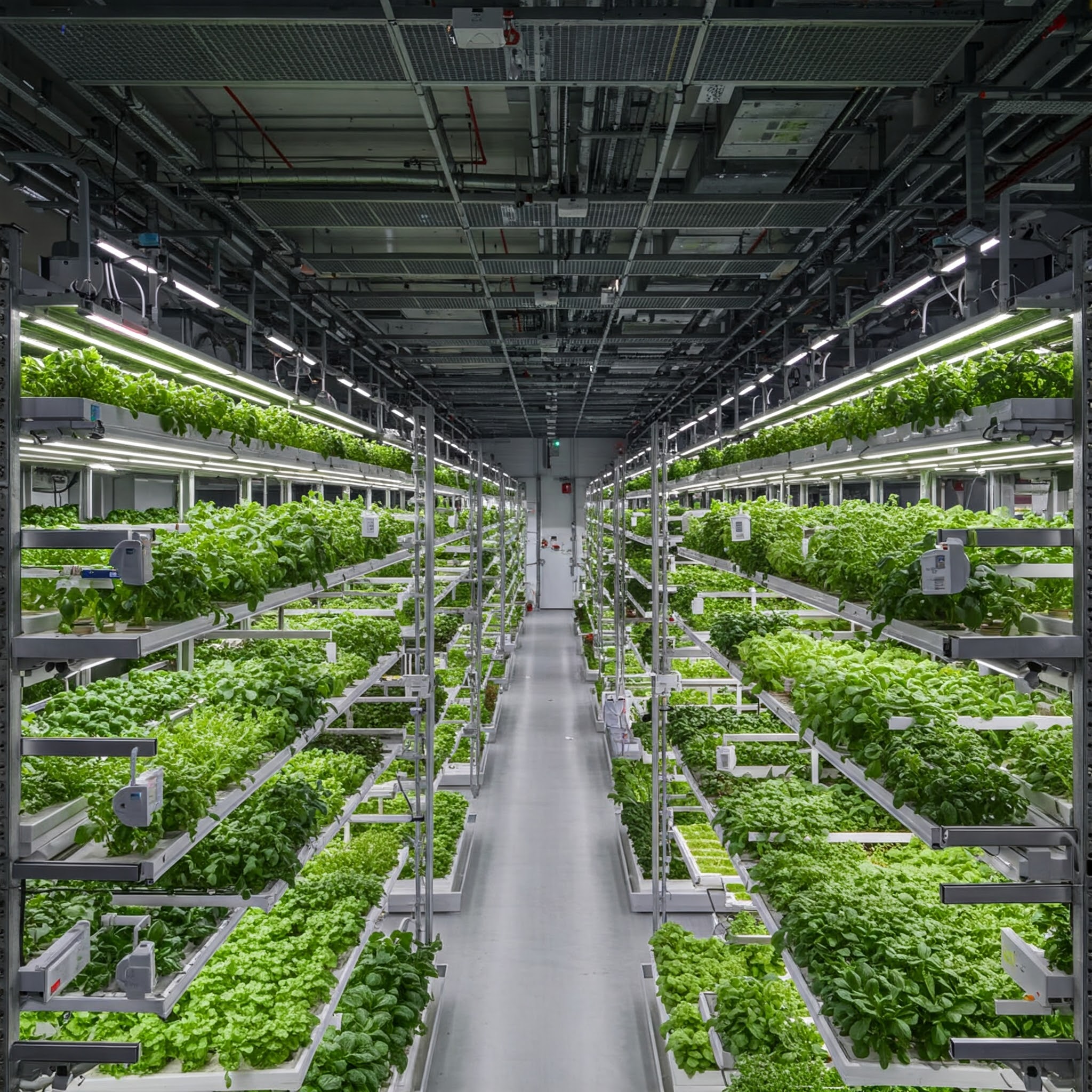
A. Urban settings and applications
Vertical farming integrates seamlessly into urban environments, utilizing buildings, warehouses, and unconventional spaces. This method addresses food deserts by providing fresh, locally-grown produce, reducing transportation emissions and enhancing food safety. Urban vertical farms can take various forms:
| Type | Description |
|---|---|
| Skyscrapers | Multi-story buildings dedicated to crop production |
| Shipping containers | Mobile, stackable units for efficient farming |
| Rooftop gardens | Utilizes unused urban spaces for cultivation |
B. Spider Farmer growing systems
⭐ Targeted 660nm Spectrum Boost – Fills spectral gaps in main grow lights to optimize photosynthesis, accelerate flowering/fruiting, and maximize yields
⭐ Ultra-Dense LED Illumination – 176 high-density diodes per bar deliver intense, uniform deep red light for full canopy penetration in tents up to 5×5 ft
⭐ Scalable Energy Efficiency – Daisy-chain compatible 60W bars pair with quantum/bar-style lights; ideal for 2×4–5×5 without spiking energy costs
C. Controlled environment agriculture
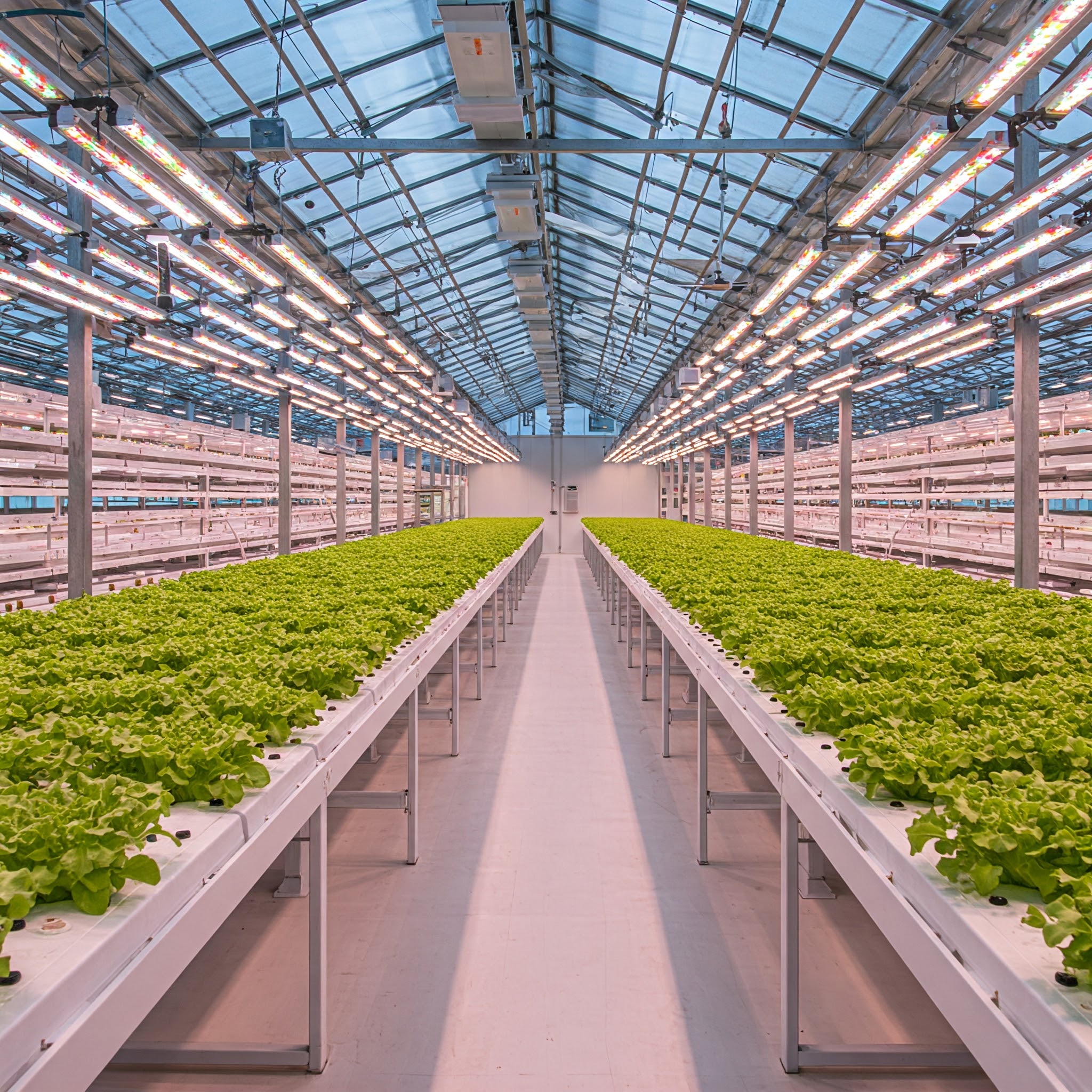
Environmental Considerations
Now that we’ve explored the implementation of vertical farming, let’s delve into its environmental considerations. These aspects are crucial for understanding the broader impact of this innovative agricultural approach.
A. Land use efficiency
Vertical farming significantly reduces land use compared to traditional agriculture, preserving habitats and biodiversity. It optimizes urban space, allowing for year-round production and local access to fresh produce.
B. Energy consumption concerns
| Energy Aspect | Consideration |
|---|---|
| Lighting | LED technology |
| Climate Control | Smart systems |
| Power Source | Renewable energy |
C. Carbon emissions impact
- Shorter supply chains
- Decreased greenhouse gas emissions
- Potential for higher emissions in some cases
⭐ Future-Proof Food Systems – Dickson Despommier’s vertical farming blueprint transforms cities with self-sustaining towers, slashing water/energy
⭐ Urban Agriculture Revolution – Skyscraper farms merge science and design, turning buildings into hyper-efficient “nature’s grocery stores”
⭐ Global Climate Solution – Tackles food insecurity, resource depletion, and emissions via scalable urban ecosystems
Vertical farming’s environmental impact is complex, balancing efficient land use against energy demands. While it reduces food miles and preserves biodiversity, energy consumption remains a concern, necessitating sustainable solutions for optimal environmental benefits. Vertical farming offers a promising solution to the challenges of modern agriculture, providing higher yields on smaller land footprints while reducing water usage and pesticide dependence. As urban populations grow and arable land becomes scarcer, this innovative approach to food production becomes increasingly relevant. From understanding the basics to implementing various systems like hydroponics, aquaponics, or aeroponics, vertical farming presents opportunities for both large-scale operations and home gardeners alike.
Conclusion: While vertical farming shows great potential in revolutionizing food production, it’s important to consider its environmental impact, particularly in terms of energy consumption and carbon emissions. As technology advances and renewable energy sources become more prevalent, the efficiency of vertical farming is likely to improve. Whether you’re an aspiring farmer, an eco-conscious consumer, or simply curious about sustainable agriculture, exploring vertical farming models and even experimenting with small-scale systems at home can contribute to a more resilient and productive food future.
We have combined all the items mentioned
in this post here 👉🏻
Affiliate Note: We earn a small commission if you purchase through our links—at no extra cost to you. This helps us keep testing and reviewing the best in Farming 🌿
Browse Best Selling in Farming
LATEST
-
Students Cry Foul As Professor Trades Textbooks For ChatGPT
Imagine shelling out $8,000 for a college course, only to find out your professor…
-
Dark Matter Formation: Speed, Mass, and the Universe’s Secrets
What if everything we thought we knew about dark matter was wrong? While scientists…
-
Russia-Ukraine Peace Negotiations First time ever in 2025
In a historic diplomatic development, direct peace talks between Russia and Ukraine have begun…

